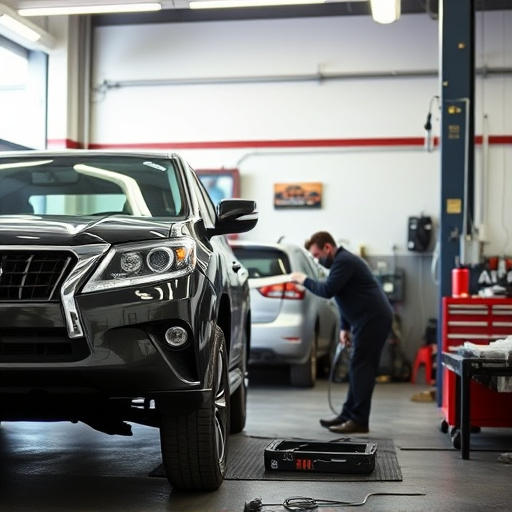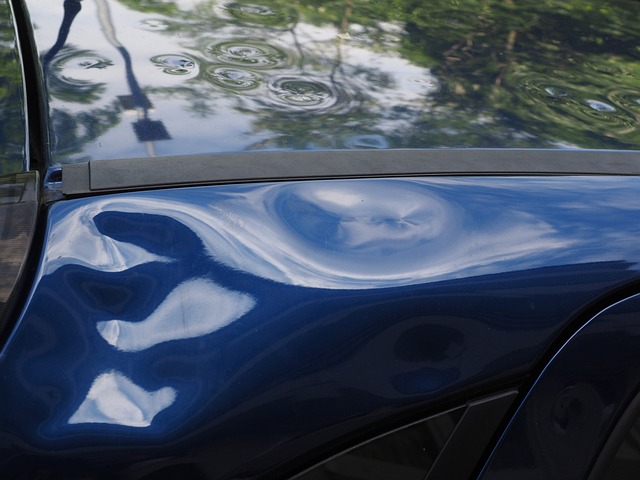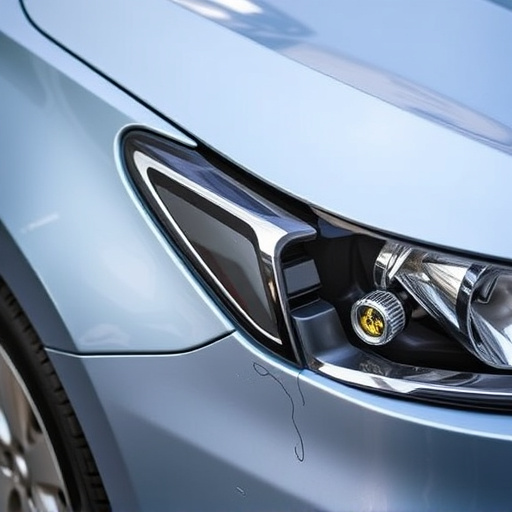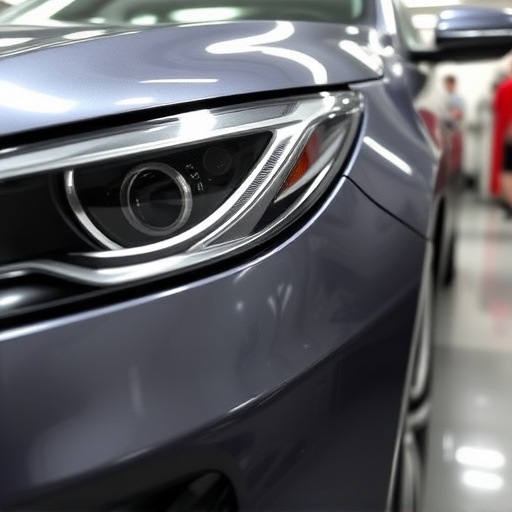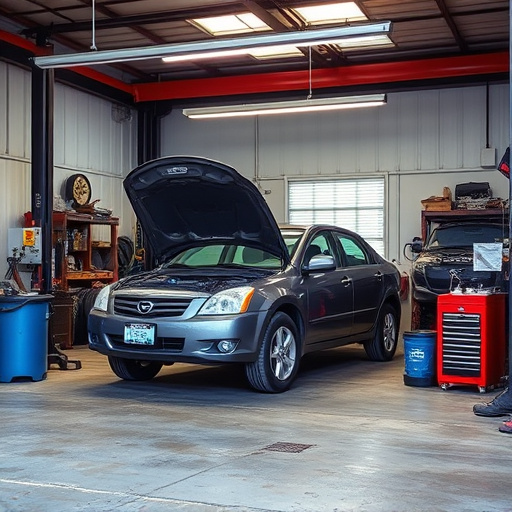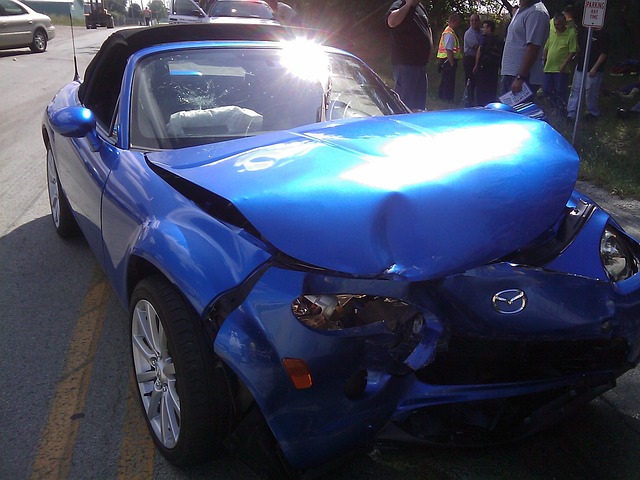Plastic body part repair begins with a consultation and meticulous assessment by technicians. Advanced techniques like heating, moulding, and painting realign and reshape components for aesthetic restoration and structural integrity. Post-repair care includes proper wound management, exercise, and rest to ensure optimal healing without strain or infection. Follow-up appointments monitor recovery progress.
“Considering a plastic body part repair? This comprehensive guide is your roadmap. From understanding the intricate repair process to what happens before and after surgery, we demystify every step. Learn about advanced techniques used in plastic body part repair, from precision sculpting to biocompatible materials. Discover how to prepare for your procedure, manage recovery, and achieve lasting results. Empower yourself with knowledge as you embark on your journey towards enhanced physical well-being.”
- Understanding the Plastic Body Part Repair Process
- What to Expect Before and During the Procedure
- Post-Surgery Care and Recovery Tips
Understanding the Plastic Body Part Repair Process

The plastic body part repair process involves a meticulous series of steps designed to restore damaged vehicle components to their original state. It begins with an assessment by experienced technicians who inspect the affected area, identifying the extent of the damage. This initial phase is crucial as it determines the course of treatment, whether through simple cleaning, patching, or more complex replacement.
In a vehicle body shop, advanced techniques such as heating, moulding, and painting are employed to realign and reshape plastic parts, addressing issues like dents, cracks, or complete breaks. For instance, after a fender bender, the damaged fender might be heated to soften the plastic, allowing technicians to carefully press it back into shape. This level of precision is essential for achieving an accurate vehicle restoration, ensuring both aesthetic appeal and structural integrity.
What to Expect Before and During the Procedure

Before the procedure begins, patients can expect a thorough consultation with their plastic surgeon or specialized technician. During this time, they will discuss the desired outcome, review medical history to ensure suitability for the procedure, and go over any potential risks or side effects. It’s normal to feel a mix of excitement and anxiety, but the team will address all concerns and provide a comprehensive understanding of what lies ahead.
As for the actual process, patients are usually sedated or numbed locally depending on the extent of the repair. The surgeon or technician then carefully assesses the damaged area, using advanced techniques such as paintless dent repair for smaller issues or more intricate methods for complex plastic body part repairs. Classic car restoration-level precision is often required to ensure the final result matches the surrounding panels perfectly.
Post-Surgery Care and Recovery Tips

Post-surgery care and recovery are essential aspects of any plastic body part repair process. After the procedure, it’s crucial to follow your surgeon’s specific instructions regarding wound care, medication, and physical activity restrictions. This typically involves keeping the repaired area clean and dry, applying prescribed medications or dressings, and gently exercising as recommended to promote healing without causing strain. Adequate rest is vital during this period, allowing the body to focus on recovery.
During the recovery phase, monitor your body for any signs of infection, such as redness, swelling, or discharge. It’s important to attend follow-up appointments with your surgeon to ensure proper healing and make any necessary adjustments to your care plan. Remember that every individual heals differently, so be patient and consistent with your post-surgery routine. For automotive enthusiasts, think of this process like fine-tuning a classic car—it requires careful attention, time, and the right tools to achieve optimal results in terms of both aesthetics and functionality.
Plastic body part repair, a meticulous process that involves both art and science, offers individuals the opportunity to restore and enhance their physical well-being. By understanding each step from initial consultation to post-surgery care, patients can navigate this journey with confidence. This guide provides valuable insights into what to expect, ensuring a smooth transition towards improved physical health and heightened self-assurance. Embrace the transformative power of plastic body part repair, where science meets personal growth.


